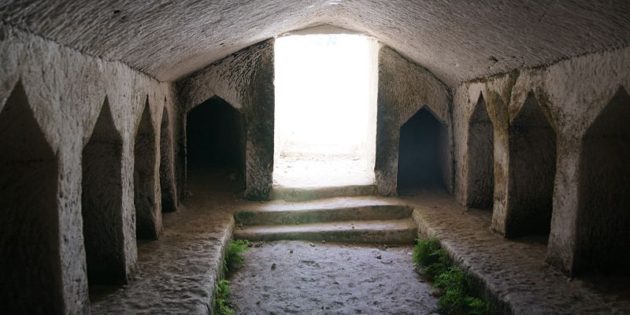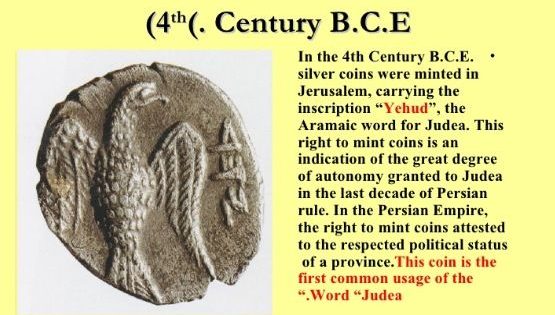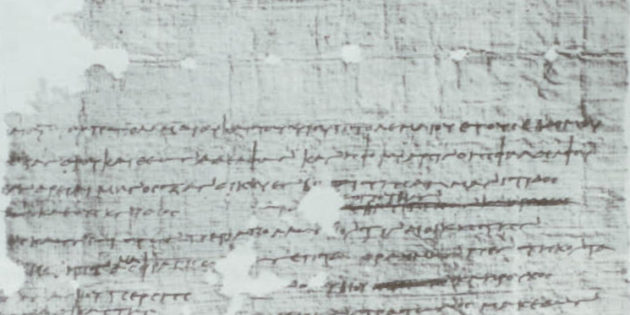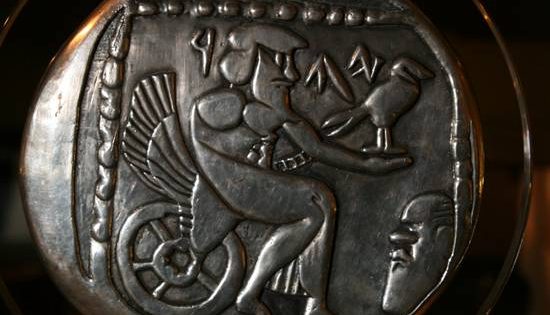Home » Bible and Beyond » Persian Period
Persian Period
Much of our work at the site of Maresha takes place underground—in tombs and in caves.1 BAR readers will not be surprised by the number of tombs, two of them with their walls covered with spectacular paintings. Much less common, however, are Maresha’s hundreds of caves. The subterranean labyrinth of spacious halls, small chambers, extensive […]
Ronny Reich’s discovery at Mamilla enriches our understanding of the 400-year struggle between Sassanian Persia and Byzantium. It is puzzling, however, that Reich asserts that “the Persian empire was not based on religious principles and was indeed inclined to religious tolerance.” On the contrary, the Sassanian Persian empire was firmly based on religious principles, namely […]
Was the Ark of the Covenant taken from Solomon’s Temple in Jerusalem during the reign of King Manasseh in the seventh century B.C.E. to an island called Elephantine in the Nile River? Was it housed there in a Jewish temple much like the one King Solomon built? These are the contentions of Graham Hancock in […]
The Ma’agan Micha’el shipwreck A chance discovery of a 2,400-year-old shipwreck off the coast of Kibbutz Ma’agan Micha’el, 20 miles south of Haifa, has been yielding a storehouse of new insights into ancient seafaring and the shipwright’s art. Thanks to recent geomorphological changes—fluctuations in the sea level, sediment movements and shifts in local faults—along Israel’s […]
Yahud Stamps Excavations between 1926 and 1935 by Badé at Mizpah, Tell en Nasbeh. Stratum 2 begins shortly after 586 BCE and ends about 400 BCE. The passage of power from the Babylonians to the Persians is recorded in two nondescript fragments of pottery jugs from Mizpah. Both bear stamp impressions. This one reads M(W)S|H […]
Celebrating the Exodus in the Land of the Exodus “festival of the unleavened bread” Date- 419 BCE Current Location- Staatliche Museen zu Berlin, Berlin, Germany (P. 13464) Language and Script- Aramaic; alphabetic Biblical Verses- Exod. 12-15–20; 23-15; Lev. 23-6–7; Num. 28-17–18; 2 Kings 25-26 Seven days you shall eat unleavened bread; on the very first […]
The King of Persia Defeats Babylon “the gods, who resided in them, I brought back to their places, and caused them to dwell in a residence for all time.” Date- c. 535 BCE Current Location- British Museum, London, England (BM 90920 + BIN II, no. 32) Language and Script- Assyrian?; cuneiform Biblical Verses- Isaiah 45-1; […]
Artaxerxes commissioned Ezra, a Jewish priest-scribe, by means of a letter of decree, to take charge of the ecclesiastical and civil affairs of the Jewish nation. A copy of this decree may be found in Ezra 7-13-28- 13 Now I decree that any of the Israelites in my kingdom, including priests and Levites, who wish […]
Zenon Papyrus One of the most valuable sources of information about conditions in Palestine in the middle of the third century is the correspondence of Zenon, an official of the finance minister Apollonius who served under Ptolemy II. Zenon’s archives were found in the Fayoum, Egypt, where he retired after the completion of his service. […]
Yehud Coin obverse Yehud Coin Obverse- Bearded male bust in three quarters to right wearing crested helmet. Reverse- Bearded male divinity seated to right on winged wheel, holding a falcon on his extended left; in lower right field, mask to left; above, Aramaic inscription- YHD. All in square rope pattern frame. Silver drachm, 3,29 grams, […]










